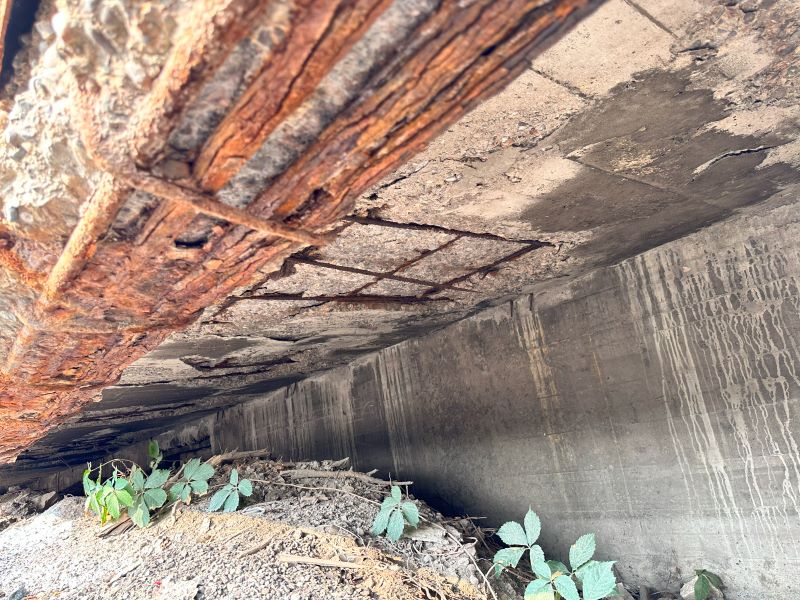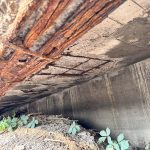
Modernizing Inspection Practices for Evolving Transportation Infrastructure
September 18, 2025
5:35 pm






Modernizing Inspection Practices for Evolving Transportation Infrastructure
September 18, 2025
No Comments
Read More »


Be Sure to Get the Lastest Exclusives Offers, Product Releases and So Much More
